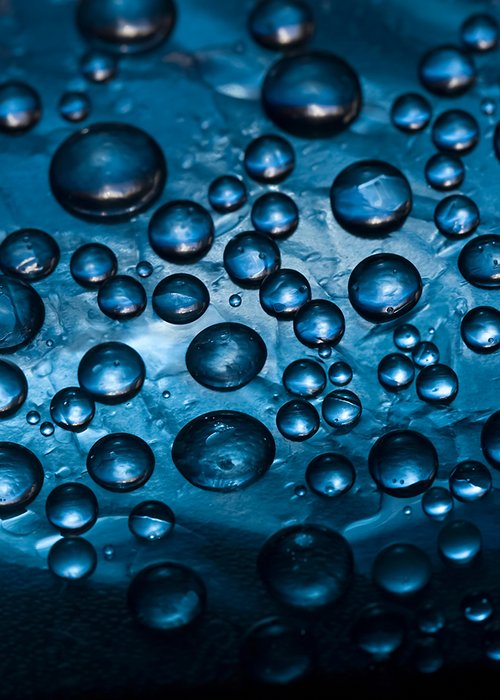Natural gas is the last fossil source of energy to be used on a global scale. For over a century, when the gas was discovered in areas that were far from the places where it could be utilized, it was preferably burnt at the gas well or freed into the atmosphere, because harnessing it in a pipeline and making it travel for many kilometres was too expensive. The situation has changed over the past forty years and today natural gas ranks third in world consumption of energy and is the fossil source with the best growth prospects.

